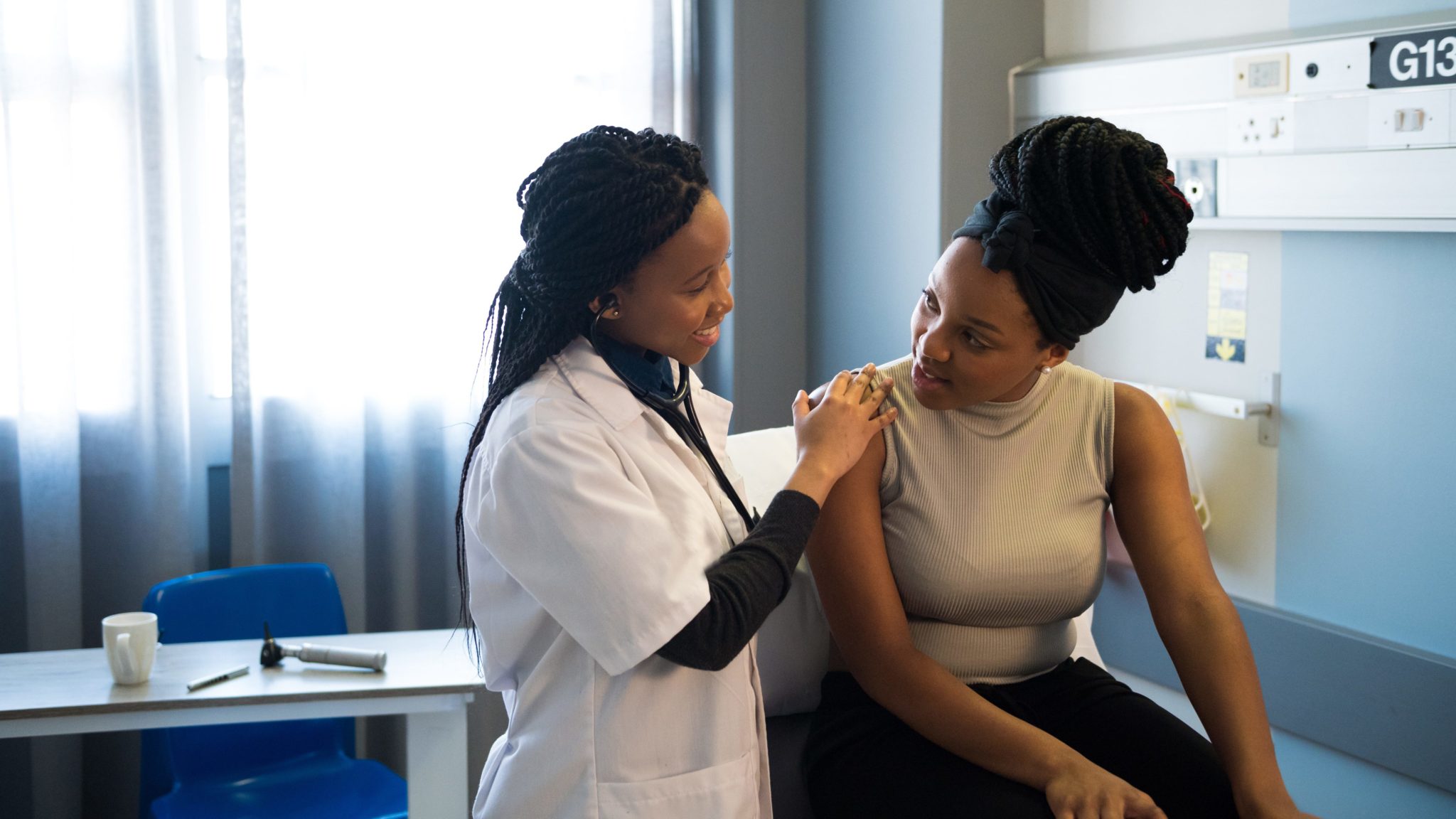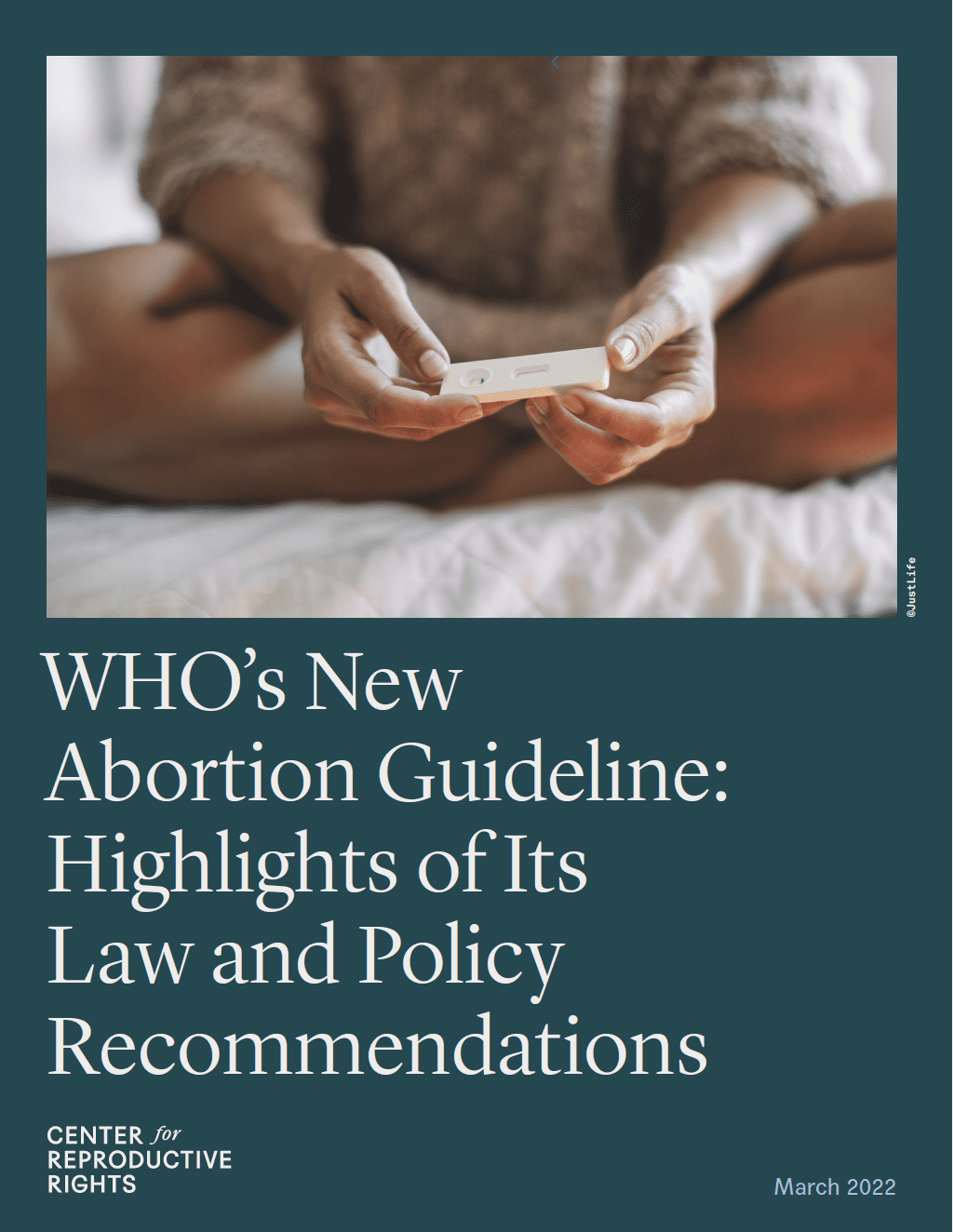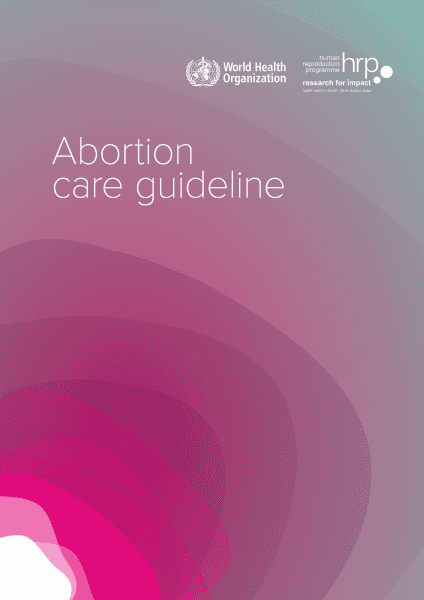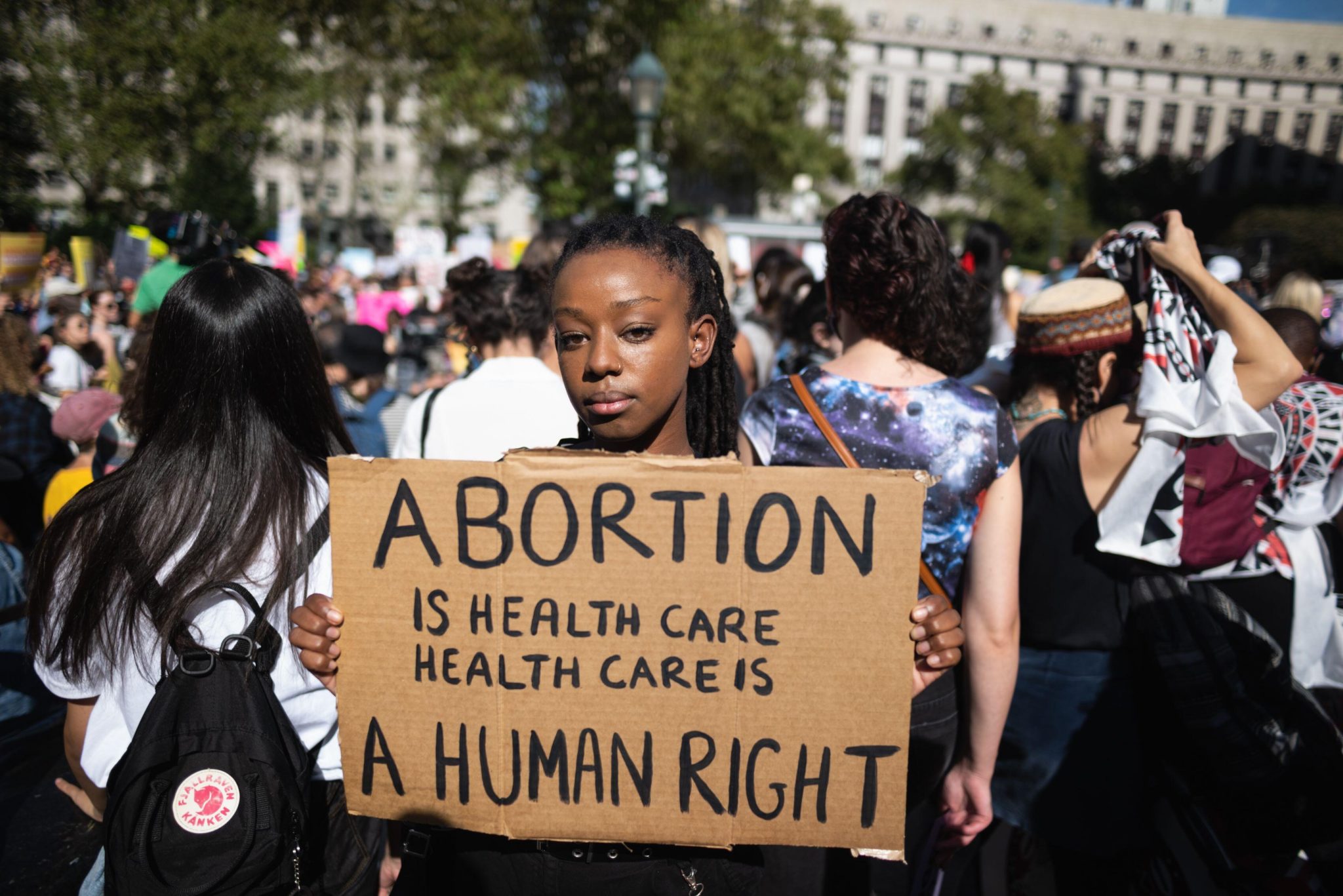Center Commends WHO’s New Abortion Guideline for Quality Abortion Care Worldwide
World Health Organization’s new Abortion Care Guideline affirms abortion access as essential to health and human rights, calling for the removal of legal barriers to access.

The Center for Reproductive Rights commends the World Health Organization’s (WHO) release today of its updated Abortion Care Guideline and its emphasis on the centrality of human rights. Drawing on the latest scientific evidence and data, the guideline provides recommendations on abortion law and policy approaches, clinical management, and service delivery for states and health systems to follow.
Read the Center’s factsheet about the WHO guideline.
WHO’s New Abortion Guideline: Highlights of Its Law and Policy Recommendations
Find out about the WHO guideline’s core themes and its recommendations concerning law and policy.
By issuing the guidance, WHO seeks to ensure that evidence and human rights-based abortion care—including pre-abortion, abortion, and post-abortion care—is available globally. It shows how access is essential to helping prevent maternal deaths and injuries and for the exercise of autonomy. The guidance also confirms abortion as an integral component of the provision of reproductive health care and reinforces all people’s rights to safe, quality and legal abortion. The new guideline updates the WHO’s last version issued in 2012.
Commenting about the new WHO guidance, Nancy Northup, President and CEO of the Center, stated:
“The WHO guideline puts rigorous public health data on what the Center for Reproductive Rights has long argued and women and people across the globe know: that quality abortion care is an essential health service and access to abortion care is a human right.
As governments in countries such as the United States and Poland act to further restrict abortion access, the WHO guideline provides concrete, evidence-based proof that access to abortion is fundamental to ensuring health as well as a human right and should be more, not less, accessible.
We’re pleased that the world’s leading public health body has clearly validated the well-researched public health evidence that restrictive abortion laws cause harm to women around the world and must be reformed. It is time now for governments, health systems and others to take heed of the WHO guidance and implement its recommendations so that the right to access abortion is fully realized and human rights are respected.”
The Center’s Christina Zampas, Associate Director for Global Advocacy, served as a human rights advisor for WHO’s Guideline Development Group (GDG), which consisted of experts on abortion issues that were tasked with weighing evidence and making recommendations.
“The WHO has long recognized that restrictive abortion laws create barriers to accessing safe, quality abortion care and lead to increased maternal mortality and morbidity, as well as human rights violations,” said Zampas. “All law- and policymakers who claim to be interested in protecting the health and human rights of pregnant people need to read this document and adhere to its recommendations.”
Read the complete guidance here.
Calling for the Removal of Barriers to Access
The WHO recommends the removal of legal and policy barriers to abortion, which have long hindered pregnant people’s access to abortion care. Its evidence shows that restricting abortion access does not reduce the number of abortions that take place, it only makes abortion unsafe.
The guideline recognizes how restrictive abortion laws disproportionately harm underserved communities that already face barriers to accessing care. Such barriers can lead to critical delays in accessing care and put pregnant people at risk while increasing disruptions to education and the ability to work.
Emphasis on Evidence, Access and Human Rights
The updated guideline has a much stronger human rights focus than previous editions and promotes an environment that enables the patient to access quality abortion care, pointing to three conditions as cornerstones:
- Available, accessible and accurate information.
- A supportive, universally accessible, affordable and well-functioning health system.
- Respect for human rights, including a supportive framework of law and policy.
To improve access to abortion care—and citing evidence and human rights—WHO recommends the following law and policy interventions:
- Full decriminalization of abortion.
- Access to medication abortion to increase overall access to abortion care.
- Repeal of laws and regulations that restrict abortion by reasons, prohibit abortion based on gestational limits, and require mandatory waiting periods.
- Availability of abortion on the request of the woman, girl or other pregnant person and without the need for authorization from any other person, body, or institution.
- Ending regulations that limit who can provide and manage abortion care that are inconsistent with WHO guidance.
- Protection of abortion access from barriers created by conscientious refusal.
“The Center, together with our partners, will be advocating for governments across the globe to implement the WHO’s recommendations to respect human rights and ensure that abortion care is available, accessible and safe for all,” added Zampas.
Read the Center’s new factsheet: WHO’s New Abortion Guideline: Highlights of Its Law and Policy Recommendations
Factsheet in Spanish: Las nuevas Directrices sobre la atención para el Aborto de la OMS: Lo más destacado de sus Recomendaciones Legislación y Políticas
Read more about the Center’s work.
Read the full WHO guideline here: World Health Organization Abortion Care Guideline
Read WHO’s supplementary evidence brief: Towards a supportive law and policy environment for quality abortion care: evidence brief
According to WHO:
- Three out of every four countries have legal penalties for abortion, which can result in prison sentences or heavy fines for people having or assisting with the procedure.
- Globally, 25 million unsafe abortions occur each year, causing approximately 39,000 deaths.
- Nearly every death and injury resulting from unsafe abortion is preventable.




